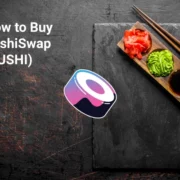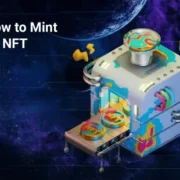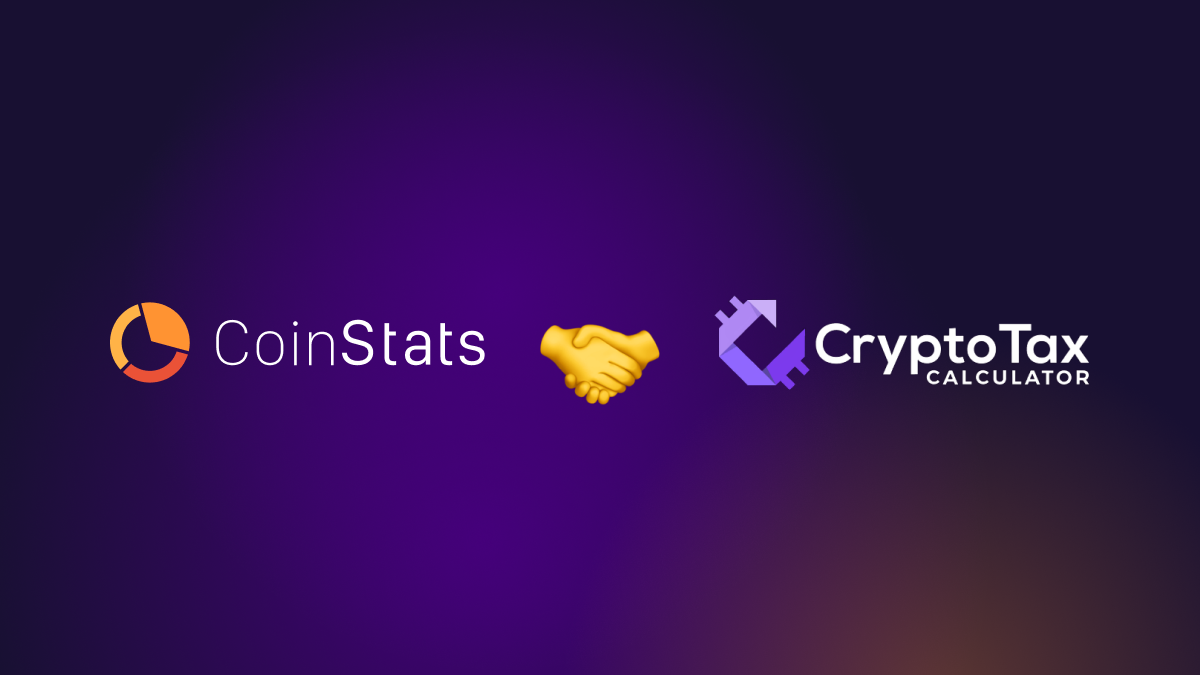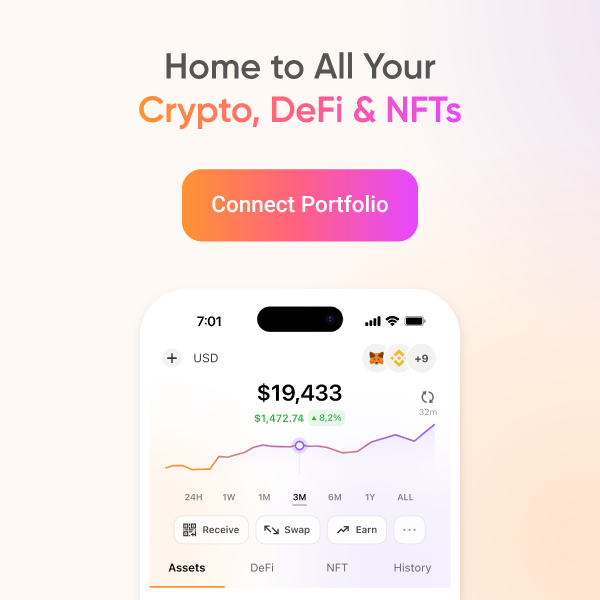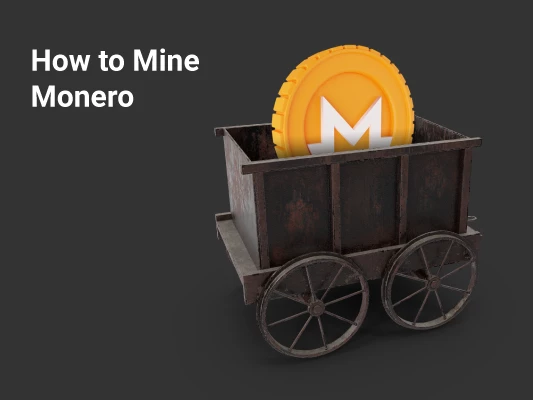
How to Mine Monero [The Ultimate Guide 2023]
Cryptocurrency mining is the method by which individuals help create cryptocurrencies and verify transactions related to new coins on the blockchain. Crypto mining involves an extensive, decentralized network of computers that help safeguard and verify blockchains that record crypto transactions.
For contributing their processing power, these miners are rewarded in the form of new coins. Miners help secure the blockchain, the blockchain rewards miners with new coins, and the coins further incentivize miners to help secure the network.
The concept of mining crypto was fairly unknown until a few years ago when tech geeks and new crypto enthusiasts became well-known for their ability to solve complex puzzles, create blocks, and mine cryptocurrencies. These miners were busy supporting a whole new form of finance while the rest of the world looked on in confusion. When the value of cryptocurrencies like Bitcoin increased in 2016, these miners suddenly became respected as a whole new class of geniuses and, of course, top earners.
While many started showing interest in mining crypto, not all interested individuals were able to actively engage in the activity due to the high investment demands of the process. Considering that cryptocurrencies are meant to be decentralized and accessible to everyone, many thought that the exclusivity of the mining opportunity was quite a letdown.
In the light of this dissatisfaction, Monero, a secure, private, and decentralized crypto network, decided to look for a better solution. By 2019, the Monero community managed to develop a new algorithm that allowed anyone with a computer to engage in mining activities and earn rewards — a step in the right direction for decentralization and fair accessibility.
This article rolls out everything you need to know about Monero: what it is, how it works, the uses of its XMR token, how to mine Monero, and why Monero mining is essential. You can also read about how to buy Monero, with expert predictions about the value of XMR and the potential of the Monero network.
What Is Monero
Monero (XMR) is a popular open-source cryptocurrency that focuses on decentralization, privacy, and scalability. It is built by community-funded contributors and volunteers who have worked hard to ensure that Monero transactions are seamless at each step.
XMR achieves distributed consensus using the proof-of-work (PoW) mining method. Although many consider it to be similar to Bitcoin, it is different in that implementing PoW allows even hobbyist miners to try their hand at mining with nothing more than an ordinary CPU.
Monero developers have been trying to keep ASICs and other specialized machines away from the mining scene to maintain and improve Monero’s decentralization.
The CryptNight hashing algorithm has been replaced by RandomX, which was the result of a scheduled upgrade in November 2019. RandomX is a PoW algorithm that discourages ASICs and penalizes miners for using GPUs. Therefore, CPU mining is now the preferred way to go if you want to mine Monero.
Despite the mounting regulatory pressure on exchanges, Monero is still among the top 30 coins in the industry, with a market capitalization that exceeds $5 billion.
Monero is one of the few cryptocurrencies with digital transactions that are unaffected by capital controls and regulations.
Let’s have a look at the main privacy-enhancing technologies used by Monero:
Ring Signatures
Monero’s Ring Signatures technology mixes the digital signatures of the person making an XMR transaction with that of other users before creating a record on the blockchain. This mechanism makes data appear as if the transaction in question was sent by any one of the recorded signers.
Since 2019, a default Monero transaction is recorded by adding 10 signatures to each transaction group, mixing a total of 11 signatures.
RingCT
Ring Confidential Transactions are used by the Monero network to hide the exact value amounts that users exchange in blockchain-recorded transactions. This implies that no one other than the sender and receiver can know how much value is being transferred through a Monero transaction. RingCT allows transactions to have multiple inputs and outputs while protecting users’ anonymity and preventing double-spending.
Stealth Addresses
Monero’s Stealth Addresses allows users to publish a single address that creates multiple one-time accounts for each transaction. The owner will have a secret “view key,” and their wallet can identify incoming funds by scanning the blockchain to find transactions with that particular key.
What Is Monero (XRM) Used For
Monero (XRM) is a secure crypto coin ideal for fast and anonymous transactions.
Monero helps businesses maintain the privacy of their account information in light of the growing number of financial crimes.
Monero also provides much-needed privacy for individuals who wish to protect their spending and financial data from Facebook and other large data-mining companies that may sell it without consent and pocket the profit.
A transparent public ledger would be ideal in a world devoid of financial crime. However, in today’s world, knowledge about salaries and revenues of individuals and companies is an open invitation to international crime.
With the help of miners and the PoW consensus method, XMR transactions on the Monero network are kept private and secure to prevent financial frauds and crimes.
What Is Monero Mining
Monero mining refers to the process through which users can earn XMR coins as a reward for verifying transactions on Monero’s blockchain. Through Monero mining, miners can create new XMR coins using Monero mining software.
A Monero miner is a physical miner who operates mining devices. Monero miners act as network supervisors and administrators, validating all XMR transactions. After transactions are validated, they are recorded in blocks that are essentially digital files. These blocks are created by Monero miners who solve complex puzzles according to the PoW method. If a Monero miner is able to solve the puzzles, they earn the right to add the block to the network and also get newly created XMR coins as Monero mining rewards per block.
Why Are Monero Miners Important
Miners act as replacements for centralized authorities and institutions that would typically control transactions and monetary dealings in traditional finance. Therefore, it’s fair to say that miners are the backbone of the Monero network.
Monero miners verify and approve transactions so that users can exchange value through the blockchain. They solve complex puzzles with equations to create new blocks that help keep the Monero network active. The block rewards they earn also serve as a crucial addition to the supply of new coins.
Monero miners also help overcome the issue of double-spending
A set of time-stamped transactions is shared with a miner after being collected into a single block. Through cryptography, each new block is linked with the previous one to form an immutable blockchain. This blockchain allows miners to determine the legitimacy of a transaction. The debit and credit are also noted down in the sender’s and receiver’s wallets, respectively, so the sender cannot possibly spend the coins again.
Why Mine Monero
Following are the two crucial reasons why individuals usually choose to start Monero mining:
Fairness of the Mining Process
Monero developers and Monero community members have created RandomX, which is an ASIC-resistant PoW algorithm. RandomX makes it impossible for miners to use specialized hardware for mining Monero, thereby leveling the playfield for miners who only have access to consumer-grade hardware.
Incentives for Mining
There’s no limit to the supply of Monero available for mining, as might be the case with other cryptocurrencies like Bitcoin.
After the allocated 18.132 million XMR tokens are discovered by miners, the Monero will generate 0.6 XMR indefinitely through a tail emission. This process will keep miners motivated even after the total XMR supply is depleted.
Monero miners can mine blocks every two minutes, with a block reward of 0.6 XMR once the tail emission mechanism is activated in May 2022.
Tradability
The XMR acquired from mining can be directly traded for fiat on major exchanges. Monero is easily tradable for Bitcoin (BTC), which is a cheaper way to steadily build a Bitcoin holding position. The BTC can then be sold for cash, which provides an easy way to earn cash indirectly.
What to Consider Before Mining Monero
Here are some of the factors that interested miners must consider before they start mining Monero.
Profitability
Since mining is a type of business, an interested miner should think about XMR’s profitability before investing time, money, and effort in the mining process.
Mining XMR doesn’t require costly hardware, so the mining profitability of Monero only depends on the electricity cost, pool maintenance fees (if applicable), and mining hash rate.
Hash Rate
Monero uses RandomX, which supports CPUs as mining devices. Since mining is a time-based process, the higher the processing power of your CPU is, the higher the hash rate will be, making the mining process smoother.
Hardware and Software Options
Before you decide to mine Monero, you must decide which hardware and software you will be using for the process. Your hardware and software must be compatible to ensure the success of the mining process — each will have different effects on the profitability and hash rate of Monero mining.
How to Mine Monero
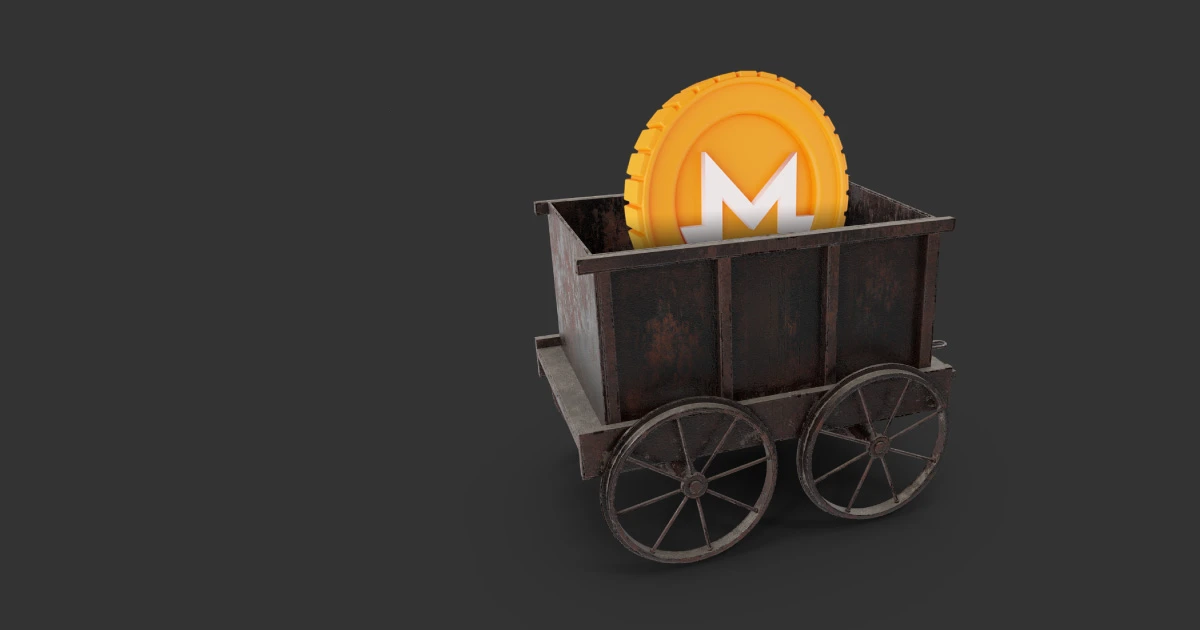
Following are the two main ways to mine Monero:
- Monero mining with a CPU
- Monero Mining with a GPU
Monero Mining with a CPU
Compared to advanced mining equipment, CPU mining is less profitable but more accessible and affordable for many miners.
Since the development of RandomX, Monero’s CPU-friendly algorithm, anyone can mine Monero using their computer’s CPU. RandomX allows smaller retail miners to have a fair shot in the competition with large-scale miners, thereby maintaining decentralization in Monero mining.
You can use almost any CPU for mining Monero, but if you’re considering buying a new CPU, select either you can choose from the following options:
- Intel Xeon L5640 (130 H/s)
- AMD Opteron (415 H/s)
After setting up your desired CPU for mining Monero, you will have to download an appropriate mining software like XMR-STAK-CPU. This universal stratum pool miner is available for Windows, macOS, and Linux.
Monero Mining with a GPU
Moner’s recent adoption of RandomX has made CPU a preferred option for mining Monero by discouraging and penalizing those who use a Graphics Processing Unit (GPU). That said, many still prefer GPU mining as it is known to be a more efficient mining method with a higher hash rate.
- Choose your Hardware
The two primary GPU manufacturers are Nvidia and AMD.
You can choose an Nvidia or AMD Graphics Processing Unit from the following options:
- Nvidia GTX 1070 (505 H/s)
- Nvidia GTX 1080 (600 H/s)
- AMD R9 280x (500 H/s)
- AMD Radeon Rx 580 (575 H/s)
As CPUs are preferred for mining Monero with the recent RandomX algorithm, you can either use your existing CPU or buy a new one for Monero mining.
Some popular XMR-supported mining devices are:
- AMD Threadripper 3990X
- AMD Ryzen 9 3900X
- Intel Core i9-10900K
- Select a Software that Supports your Hardware
Since you will be using Monero mining software, you should check the compatibility of the hardware and software to ensure mining efficiency.
If you’re mining solo, you can use a CLI or GUI wallet with a CPU only. For mining with a GPU or a pool, you will need dedicated software. Following are some mining software options that support Monero mining (some might charge developer fees):
- XMRig
- CSminer
The configuration process for each software depends on the mode of mining and the hardware you decide to use. If the hardware and software are configured successfully, the mining process will be successful.
- Choose a Wallet
While determining a wallet for your Monero, you must ensure that the wallet you select is secure, easy to use, compatible with your browser, and supports XMR tokens. A good wallet option for Monero is CoinStats.
The CoinStats wallet has a simple layout where you can view and monitor your XMR holdings. The CoinStats wallet links directly to the CoinStats exchange so that the tokens you acquire are seamlessly credited to your wallet. You can also transfer your funds directly from your wallet and export your CoinStats private keys for safe storage. The CoinStats wallet also supports more than 220 crypto coins, so you can use any crypto in your portfolio to acquire XMR and later trade the XMR you have acquired seamlessly for other crypto coins.
By syncing your bank card with your CoinStats wallet, you can also buy XMR easily using fiat money — if you choose to buy Monero instead of mining, you’ll be able to find the steps for buying XMR later in this article.
- Configure the Mining Software
The last step in the process for mining Monero is configuring the software. This is the main step that requires careful attention from the miner. When the software is properly configured, you can sit back and relax until the XMR tokens are mined and appear in your wallet.
Advantages of Monero Mining
Following are some of the key advantages of Monero mining:
- With many big cryptos like Bitcoin, miners who possess ASIC hardware have a competitive edge over those who don’t. Monero’s mining algorithm, on the other hand, is ASIC-resistant, thereby ensuring fair competition among all participants of the Monero mining process.
- Monero’s algorithm encourages more participation in the XMR mining process. Interested miners can use any computer to mine Monero without making a costly or tech-heavy investment.
- Monero’s block size is adaptive, i.e., it can expand automatically when transaction volumes increase. The double-verification process may cause the transaction time to increase for some recipients, in which case, the adaptive block size serves as an advantage.

Challenges of Monero Mining
Despite its attractive plus points, it is also essential to consider the challenges involved in Monero mining:
- The Monero network is dominated by 2 or 3 mining pools, which account for half of the hashing power.
- There aren’t many Monero wallet options to choose from, considering the complexity or simplicity of the user experience. (Of course, once you discover the simplicity and convenience of a CoinStats wallet, you won’t want to look much further!)
Is Monero Mining Worth It
Mining cryptocurrency, in general, is time-consuming and effort-intensive. For Monero, in particular, many don’t consider mining a worthwhile process as anyone can conveniently buy it on a crypto exchange without any hassle. While Monero mining does have some benefits, most miners tend to lose money due to the electricity cost and the prices of hardware and cloud mining services.
In short, it might be a better option for most individuals to buy Monero from a crypto exchange rather than going through the mining process.
Where to Buy Monero
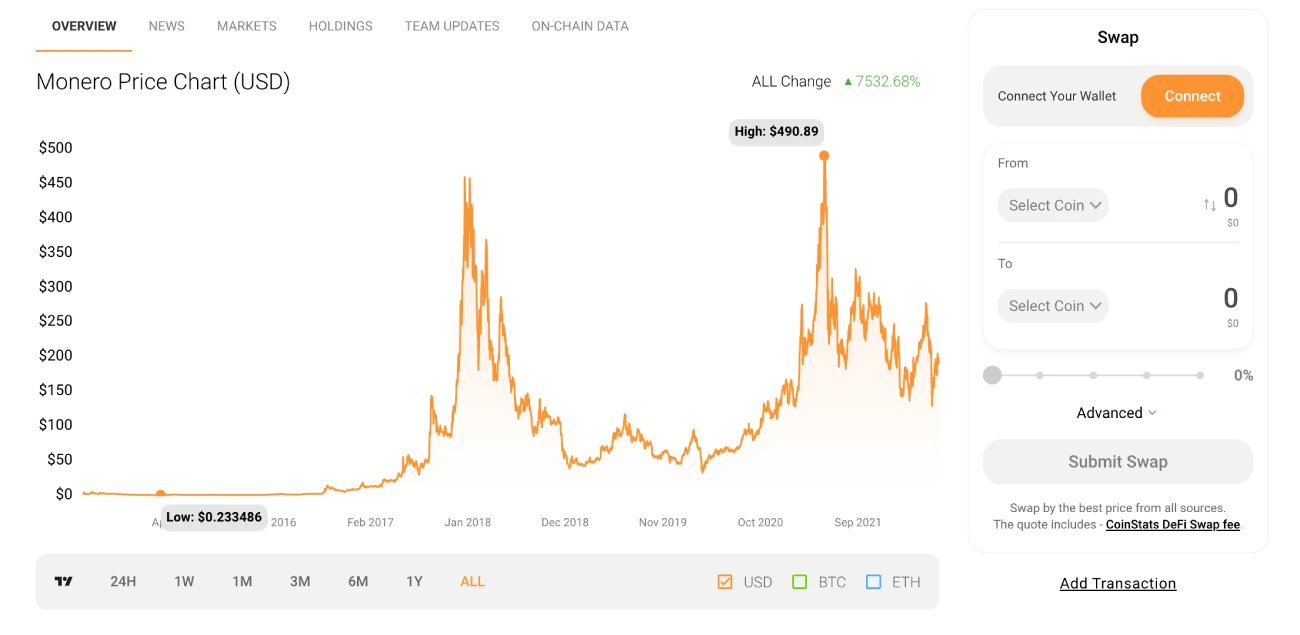
It is essential to check for some key requirements when choosing a crypto exchange:
Security: The exchange that you select should be 100% reliable. You must also check the link carefully to ensure you access the authentic exchange website and spend your funds in the right place.
Asset offering and payment support: The crypto exchange that you choose should, first and foremost, offer the XMR token. It should also support the payment method you want to use to fund your order. If you plan to pay with fiat money, the exchange should accept the bank transfer, credit card, or debit card you will be using. If you are swapping other cryptos to acquire XMR, you should also confirm that the exchange supports those trading pairs (e.g., BTC/XMR, ETH/XMR, etc.)
CoinStats: The Ideal Choice for Buying Monero
CoinStats is a platform that features:
- A reliable crypto exchange for purchasing Monero.
- A secure crypto wallet for storing your XMR tokens.
- A crypto portfolio tracker that lets you check the XMR price and make a well-informed investment.
CoinStats also provides informative content like “How to Buy Cryptocurrency” and “What is DeFi” for crypto beginners and potential investors.
How to Buy Monero
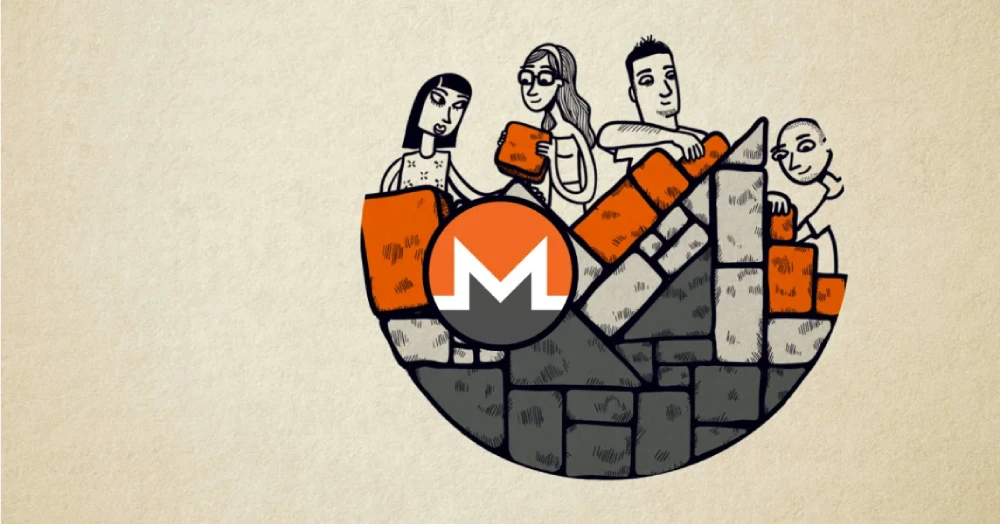
Following are three simple steps for buying Monero:
- Create an account: You will have to create an account on a crypto exchange by filling in your KYC details. Once your details are verified, you will be able to start buying and selling Monero and other cryptos on the exchange.
- Set up or connect your wallet: If you don’t already have a wallet, you should (optional) create one to have a secure place to store your XMR tokens when you acquire them. If you already possess a crypto wallet, you can just connect it to the exchange, and you’re all set to start buying.
- Make your Purchase: After you have set up your account and wallet, you can proceed to look up Monero (XMR) on the exchange. You can place a limit order for XMR by selecting the number of tokens you wish to acquire and the price per token you are willing to pay. If the price of XMR reaches your target amount, the order will be fulfilled, and the tokens will reflect in your wallet.
Is Monero a Good Investment
As of 3rd June 2022, the Monero price is $199.10, with a 24-hour trading volume of around $146 million. Monero ranks at #27 on CoinStats, with a live market cap of approximately $3 billion and a circulating supply of about 18 million XMR coins.
Following are some of the expert price predictions for Monero’s XMR token:
Digital Coin Price
According to Digital Coin Price, the price of Monero may keep increasing throughout 2022, reaching almost $430 at the end of the year, i.e., its potential growth might go up to 56%.
Gov Capital
Gov Capital stated that Monero’s price could increase by more than 70% through the year, reaching the $350 price point in 2022. Gov Capital analysts don’t predict downward trends for XMR and consider Monero to be a profitable investment.
WalletInvestor
WalletInvestor predicts that Monero might remain at its current price point for a long time. XMR is expected to peak at $360 by mid-2022, and its minimum price may rise to $320 by the end of the year.
TradingBeasts
Analysts at TradingBeasts are confident that XMR won’t crash and has good growth potential. TradingBeasts forecasts suggest that XMR may grow by around 110% in three years. The price of Monero may rise as high as $360 by the end of 2022 and $500 by the end of 2023.
Whether you choose to mine or buy Monero, the market risks will still define the value of the token you are ultimately trying to acquire. Therefore, despite the mostly positive XMR predictions, potential investors must monitor the charts diligently for a while before making an investment decision.
Closing Thoughts
Monero mining is open to everyone in that the algorithm does not need any special mining equipment. Even with just a basic CPU and any operating system, pretty much anyone can mine XMR tokens.
The main factors you must evaluate before you start to mine XMR as a solo miner are the profitability of Monero mining, the hash rate in relation to the CPU hardware and mining software used, pool maintenance fees, and power consumption demands.
Monero miners play an important role in verifying transactions and maintaining the security of the Monero network. Mining XMR also helps add to the circulating supply of tokens.
An interested miner can choose from the best Monero miner software and hardware options detailed in this article.
Even though the process of Monero mining is accessible to all and doesn’t require too much financial investment, the miner will still have to put in time and effort to solve the complex puzzles, complete blocks, and earn rewards.
Many find Monero mining to be quite tedious in comparison to buying the Monero coin directly from an exchange.
CoinStats provides the perfect exchange for purchasing and trading Monero, as well as a wallet for storing XMR tokens securely. You can also use the CoinStats portfolio tracker to monitor the performance of XMR and other cryptos in your portfolio.
The overall price predictions of the Monero coin seem to be mostly positive, but you should still do your own thorough research and monitor the charts regularly before spending time and effort mining Monero or buying it from an exchange.
If you’re interested in mining Monero, you can start your journey by visiting the Monero website and saving this article for reference along the way.
Happy Monero Mining!
